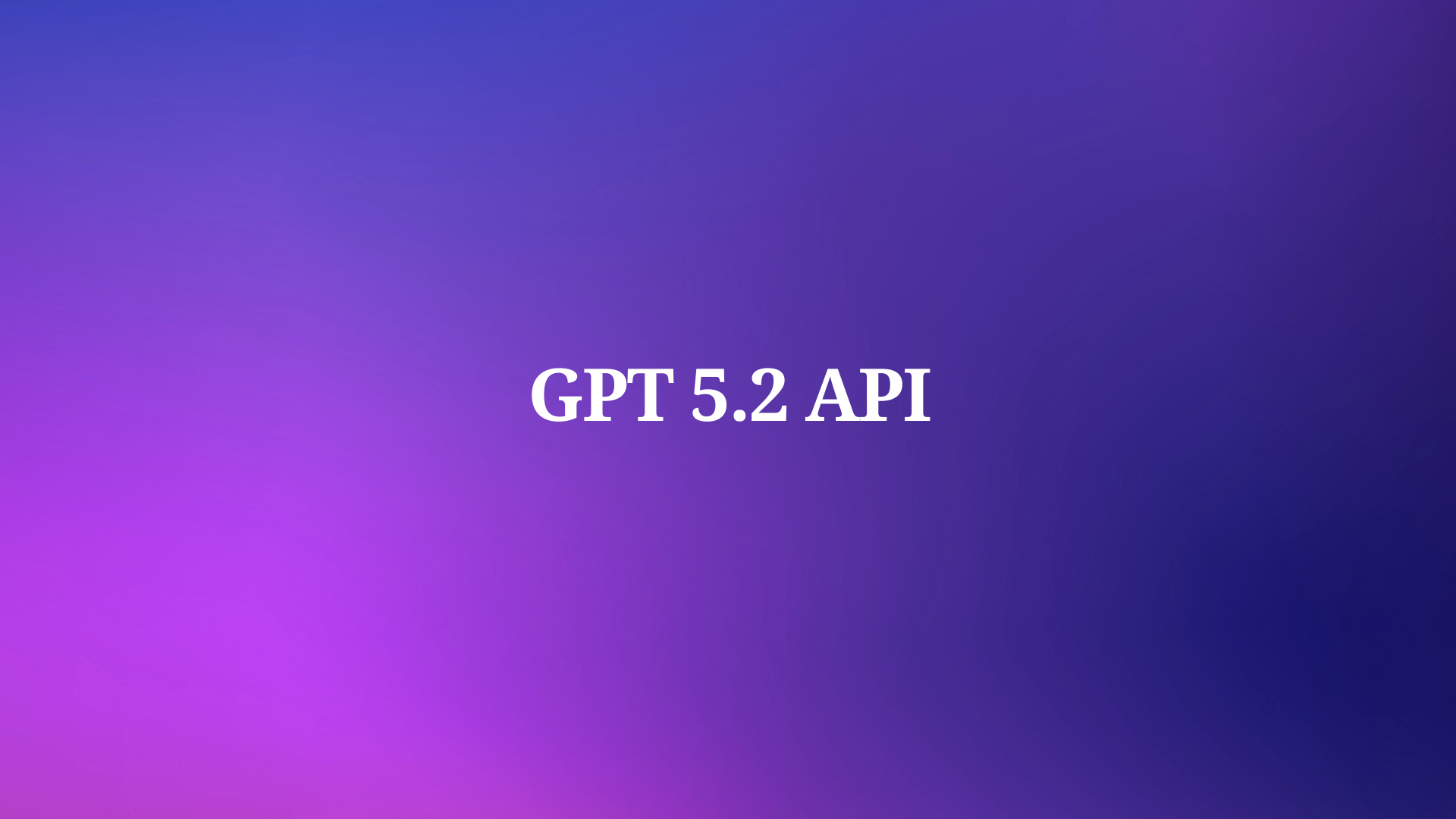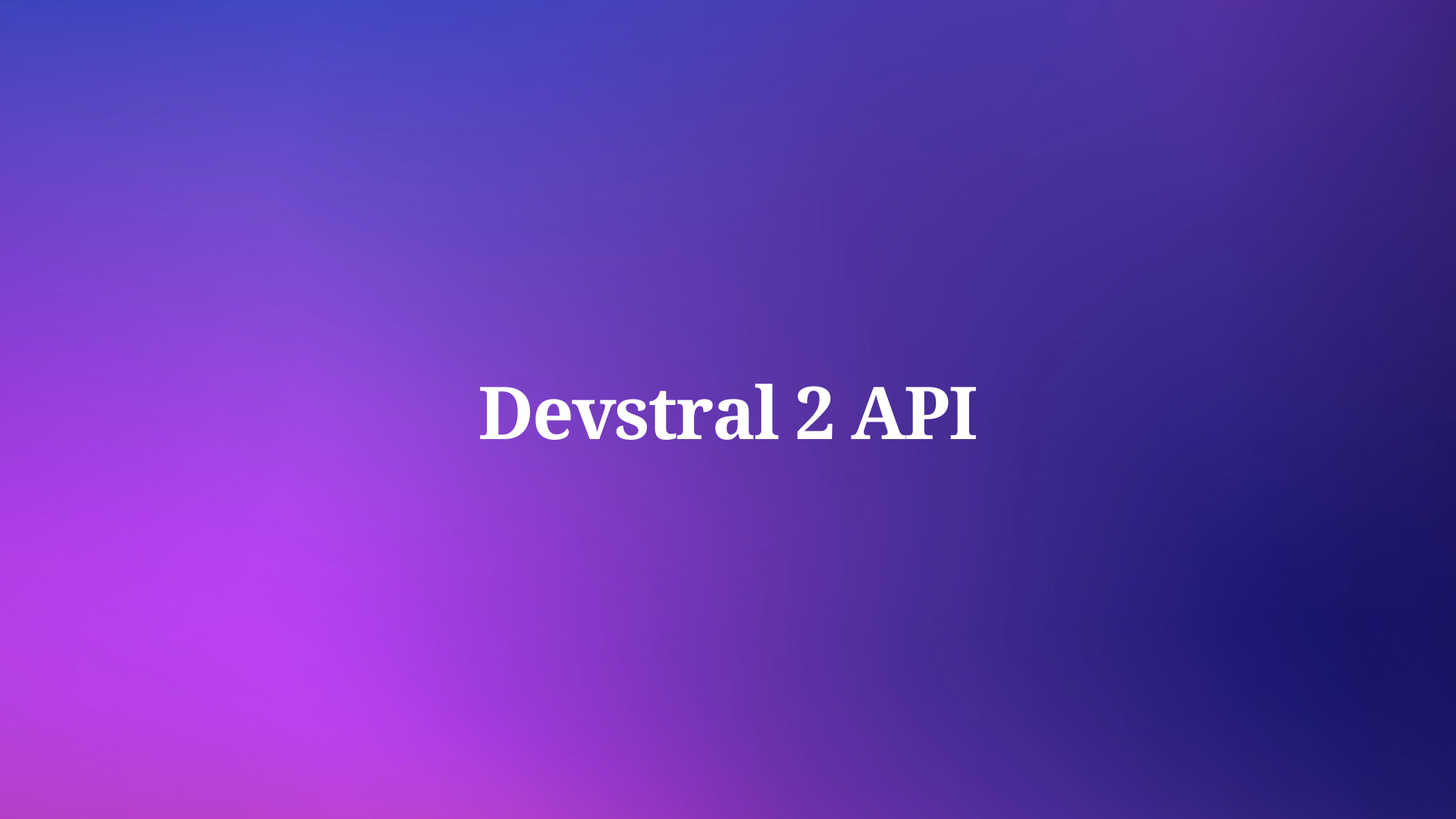In the rapidly evolving landscape of email communication, Mailgun emerges as a powerful API solution for businesses seeking to streamline their email delivery processes. With its extensive feature set, competitive pricing, and seamless integration capabilities, Mailgun API has become a go-to choice for developers and enterprises alike.
In this comprehensive article, we will delve into the intricacies of Mailgun API, explore its key functions, pricing structure, and deployment options. Moreover, we will provide a step-by-step guide on how to effectively test Mailgun API using the user-friendly Apidog platform.
Introduction to Mailgun: Empowering Email Communication
Mailgun is a leading email automation service that enables businesses to send, receive, and track emails effortlessly. Founded in 2010, Mailgun has established itself as a reliable and scalable solution for managing email communication. With its robust API, Mailgun empowers developers to integrate email functionality into their applications seamlessly.
What is Mailgun API?
At the core of Mailgun's offerings lies its powerful API. The Mailgun API provides a comprehensive set of endpoints and functionalities that allow developers to interact with the email service programmatically. From sending transactional emails to managing mailing lists and tracking email events, the Mailgun API offers a wide array of possibilities.
Key Functions of the Mailgun API: Sending, Tracking, and More
The Mailgun API boasts an impressive range of functions that cater to various email communication needs. Some of the key capabilities include:
- Sending Emails: With the Mailgun API, developers can easily send transactional and bulk emails programmatically. The API supports various email formats, including plain text and HTML, and allows for personalization and dynamic content.
- Email Tracking: Mailgun provides extensive email tracking capabilities, enabling businesses to monitor the delivery status, opens, clicks, and bounces of their sent emails. This valuable data helps optimize email campaigns and improve deliverability.
- Mailing List Management: The API allows for seamless management of mailing lists, including subscriber addition, removal, and segmentation. This feature is particularly useful for businesses with large subscriber bases.
- Inbound Email Handling: Mailgun's inbound email functionality enables applications to receive and process incoming emails. This opens up possibilities for creating email-based workflows and automations.
Mailgun API Pricing
Mailgun offers flexible pricing plans to suit various business needs:
Free Plan
- Price: $0/month
- Emails Included: 100 emails/day
- Features:
- Ticket support
- RESTful email APIs and SMTP relay
- 1 custom sending domain
- 1 API key
- Email analytics and reporting
- 1 day log retention
- 1 inbound route
Basic Plan
- Price: $15/month
- Emails Included: 10,000 emails/month
- Features:
- Features:
- No daily email limit
- Monthly email overage options
- RESTful email APIs and SMTP relay
- 1 custom sending domain
- 1 API key
- Email analytics and reporting
- 1 day log retention
- 1 inbound route
- Extra Emails: From $1.80/1,000 emails
Foundation Plan
- Price: $35/month
- Emails Included: 50,000 emails/month
- Features:
- Everything in Basic Plan plus:
- Full access to RESTful email APIs and SMTP relays
- 1,000 custom sending domains
- Email template builder and API
- Tracking, analytics, and webhooks
- 5 days log retention
- 1 day message retention
- Full access to inbound routing
- Extra Emails & Validations:
- From $1.30/1,000 emails
- From $1.20/100 validations
Scale Plan
- Price: $90/month
- Emails Included: 100,000 emails/month
- Features:
- Everything in Foundation Plan plus:
- SAML SSO
- 5,000 email validations
- Dedicated IP pools
- Send time optimization
- Live phone & chat support
- 30 days log retention
- Up to 7 days message retention
- Extra Emails & Validations:
- From $1.10/1,000 emails
- From $0.80/100 validations
How to Deploy Mailgun API?
To deploy the Mailgun API, you need to follow these steps:
- Sign up for a Mailgun account at: ⬇
2. Obtain your Mailgun API credentials:
- Log in to your Mailgun account.
- Click on the "Create an API Key" and navigate to API key dashboard to create a new key.
- Copy the "API Key" and keep it in a safer place for later use.

3. Choose your preferred programming language and install the necessary libraries or SDKs. Mailgun provides official libraries for several languages, including Python, PHP, Ruby, and more. For example, if you're using Python, you can install the Mailgun library using pip:
pip install mailgun-python
4. Configure your application to use the Mailgun API. Here's an example of how to send an email using the Mailgun API in Python:
import requests
def send_simple_message():
return requests.post(
"https://api.mailgun.net/v3/YOUR_DOMAIN_NAME/messages",
auth=("api", "YOUR_API_KEY"),
data={"from": "Sender Name <sender@your_domain_name>",
"to": ["recipient@example.com"],
"subject": "Hello",
"text": "Testing some Mailgun awesomeness!"})
send_simple_message()Make sure to replace "YOUR_DOMAIN_NAME" with your actual domain name and "YOUR_API_KEY" with your Mailgun API key.
5. Integrate the Mailgun API into your application based on your specific requirements. You can use the API to send emails, manage mailing lists, track email events, and more. Refer to the Mailgun API documentation for detailed information on available endpoints and their usage.
6. Test your Mailgun API integration thoroughly to ensure it functions as expected. You can use tools like Apidog to simplify the testing process. Apidog allows you to create and send API requests, view responses, and automate API tests.
7. Deploy your application to your chosen hosting environment. Ensure that your application has the necessary permissions and configurations to access the Mailgun API.
Here's an example of how to deploy a Python application using the Mailgun API on a server:
1. Set up a server with Python and the required dependencies installed.
2. Copy your application code to the server.
3. Set the environment variables for your Mailgun API credentials:
export MAILGUN_API_KEY='YOUR_API_KEY'
export MAILGUN_DOMAIN='YOUR_DOMAIN_NAME'4. Run your application on the server. For example, if you have a Flask application, you can use a WSGI server like Gunicorn to run it:
gunicorn your_app:app
5. Configure your server to handle incoming requests and route them to your application.
6. Monitor your application logs and Mailgun dashboard for any issues or errors.
Remember to handle sensitive information, such as API keys, securely and never expose them publicly.
By following these steps and leveraging the Mailgun API documentation and libraries, you can successfully deploy and integrate the Mailgun API into your application.
Using Apidog to Test Endpoint before Deployment
Before the real deployment of the Mailgun API, you may need to test the endpoints to ensure that they can work properly. Apidog, an all-in-one API testing and development platform, can be a big helper here to test the endpoints and offer ready-to-go codes. Here is a step-by-step on how you can do that:
Step 1: Sign Up for Apidog
- Create an account on Apidog to access the API testing tools.
Step 2: Create a New Endpoint Request
- Create a new project or navigate to the default project after launching the app. (You can download the Apidog app or simply use the Apidog web version)
- Create a new endpoint and on the newly created endpoint document, specify the appropriate HTTP method for the endpoint you are going to test, and copy the endpoint URL or the cURL into the search bar.

- After you enter the URL, any parameters related to the request parameters, body, or headers will be filled automatically.

- Switch to "Auth" tap, and choose bearer auth as required by Mailgun.

- Fill in the user name(api) and the password(API key) as Mailgun requires.

- Click "Send" on the top right to get the API response result and report.

Step 3: Generate Ready-to-go Code for Direct Usage
- Click "Save" to save the endpoint.
- Switch to
DESIGNmode of the Mailgun API. On the dashboard, click onGenerate Codelocated on the top right.

- On the pop-out window, choose the right technical framework that fits your project and copy the code for direct deployment.

Congratulations! You have successfully learned how to seamlessly integrate the Mailgun API into your project without the need for complex coding or technical expertise.
Conclusion
Mailgun API offers a powerful and flexible solution for businesses seeking to optimize their email communication processes. With its comprehensive feature set, competitive pricing plans, and straightforward deployment options, Mailgun API enables developers to seamlessly integrate email functionality into their applications. By leveraging tools like Apidog for thorough API testing, businesses can ensure the reliability and performance of their Mailgun API integration. Embrace the potential of Mailgun API and unlock new possibilities for your email communication strategies. With its robust capabilities and user-friendly integration process, Mailgun API is a valuable asset for any business looking to enhance their email delivery and management workflows.





